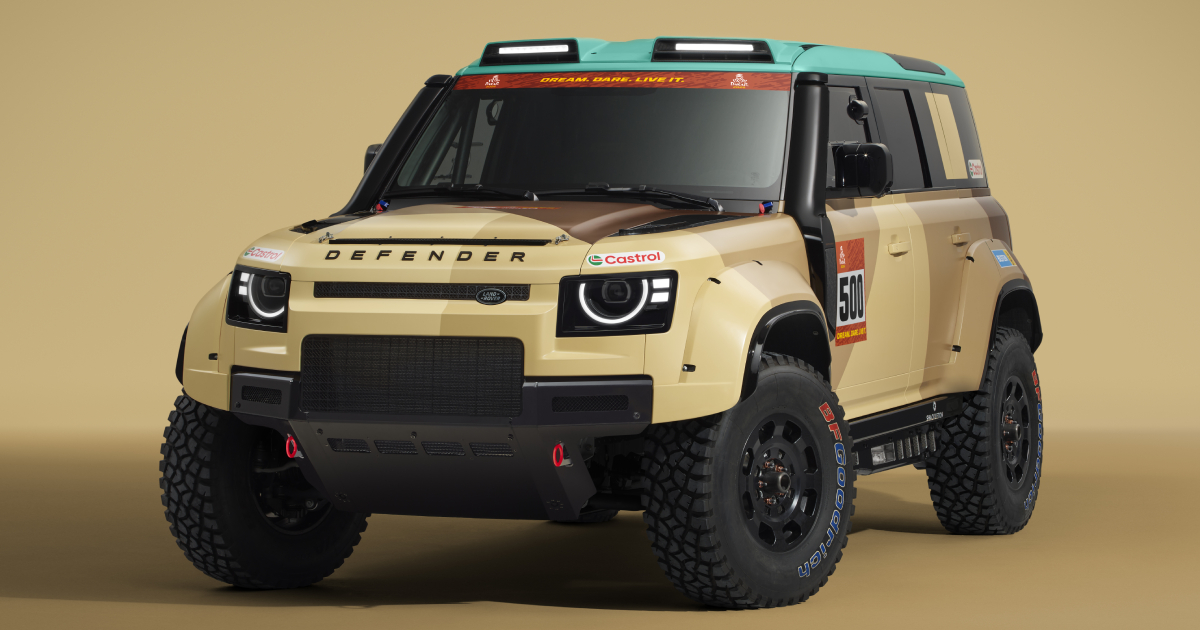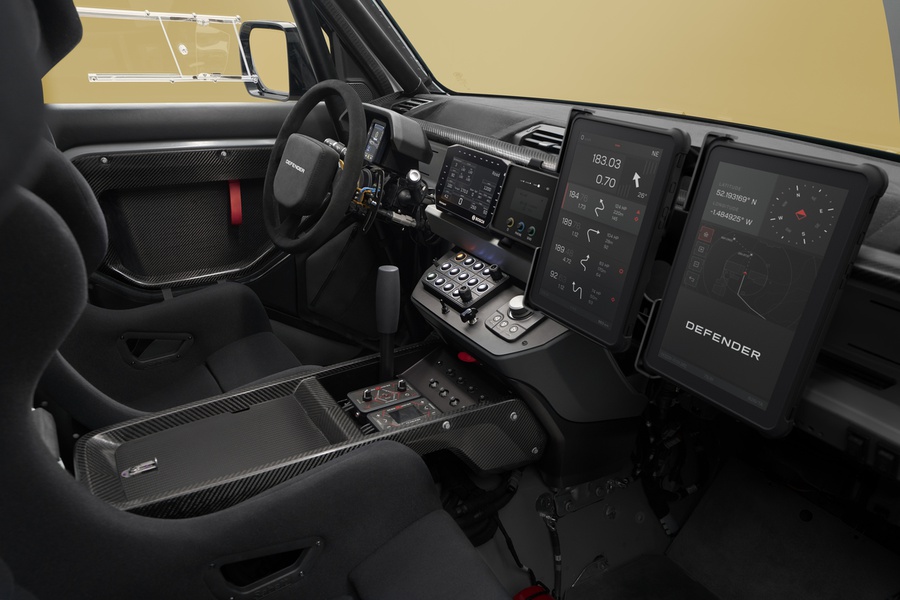The Dakar Rally in its current format lasts two weeks and covers about 8000 kilometers across deserts with almost no roads, including 5000 kilometers of special stages. For manufacturers, it is an opportunity to demonstrate the reliability and capabilities of vehicles in the most extreme conditions.
In the 2026 season, the British manufacturer will return with the Defender Dakar D7X-R model. According to the new regulations, the vehicle uses the same D7x body architecture, transmission, and transmission system layout as the Defender OCTA—the most powerful production Defender in history.
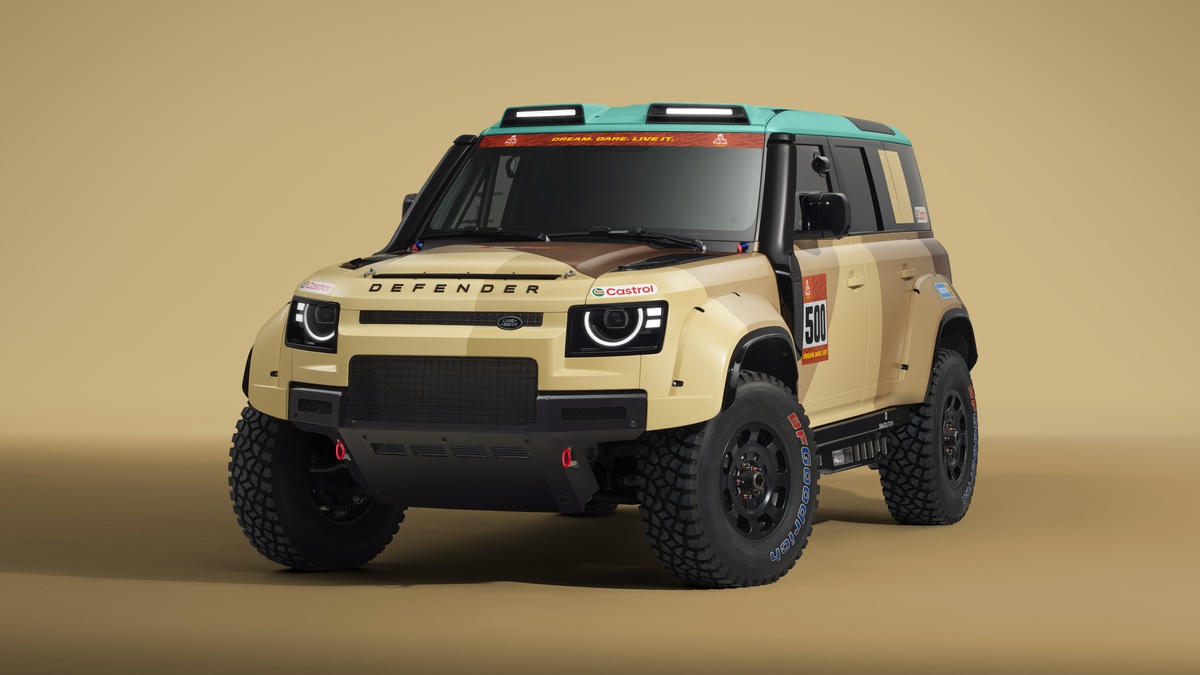


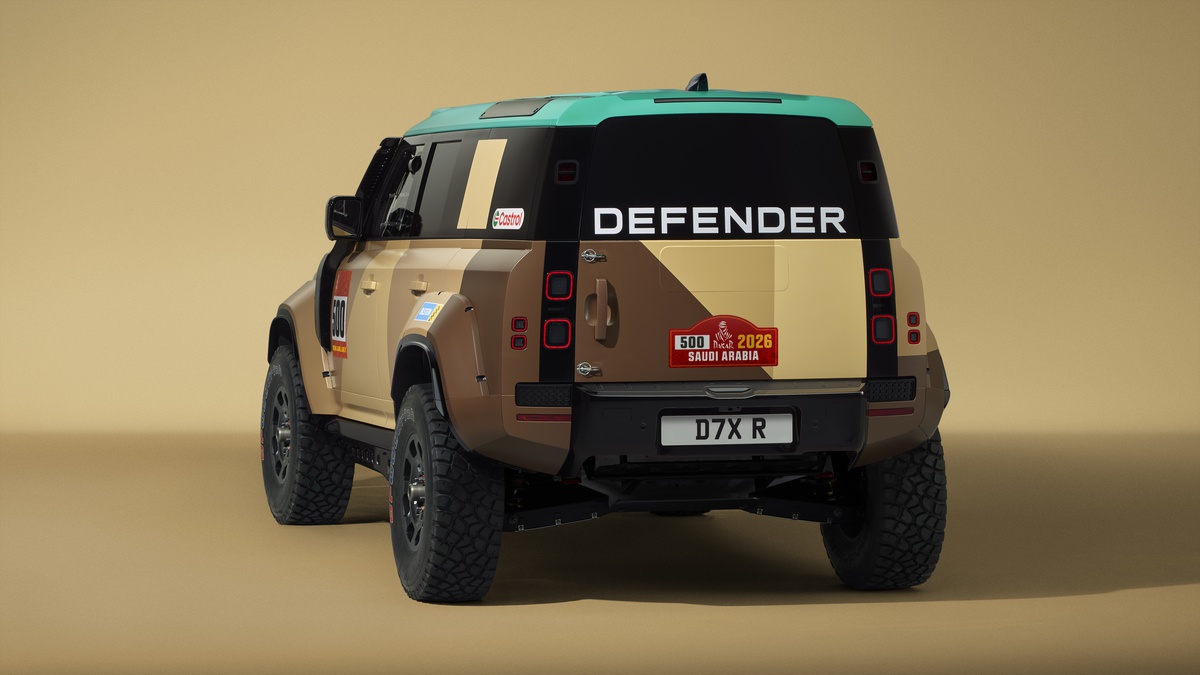
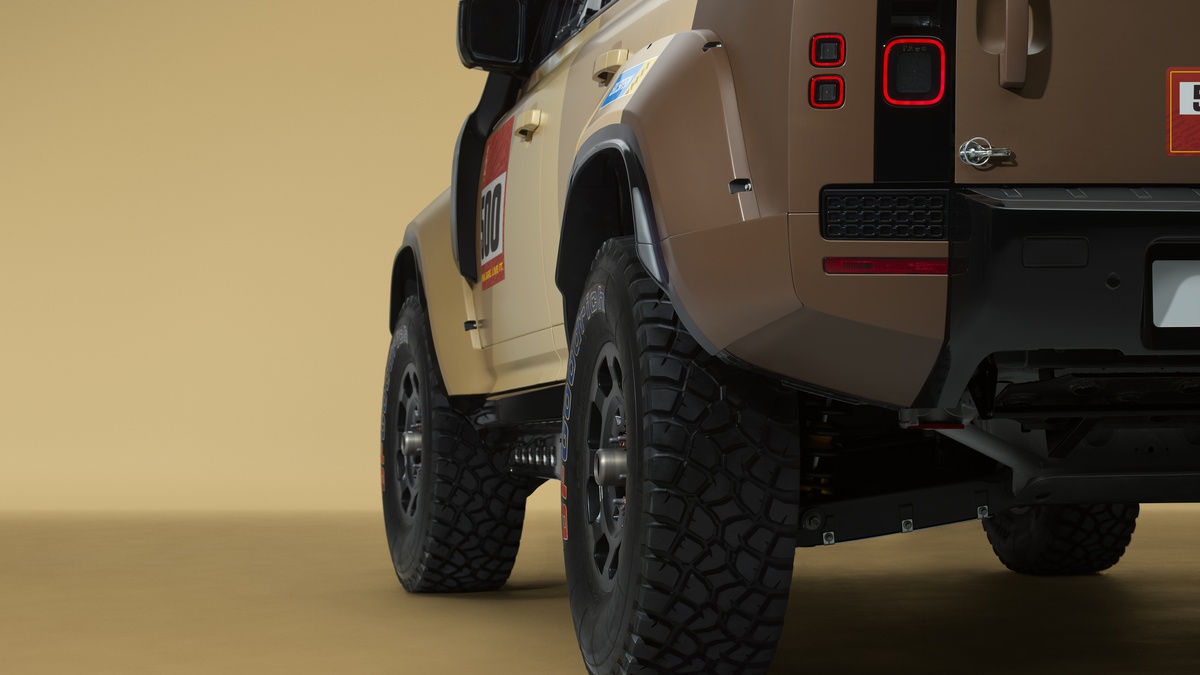
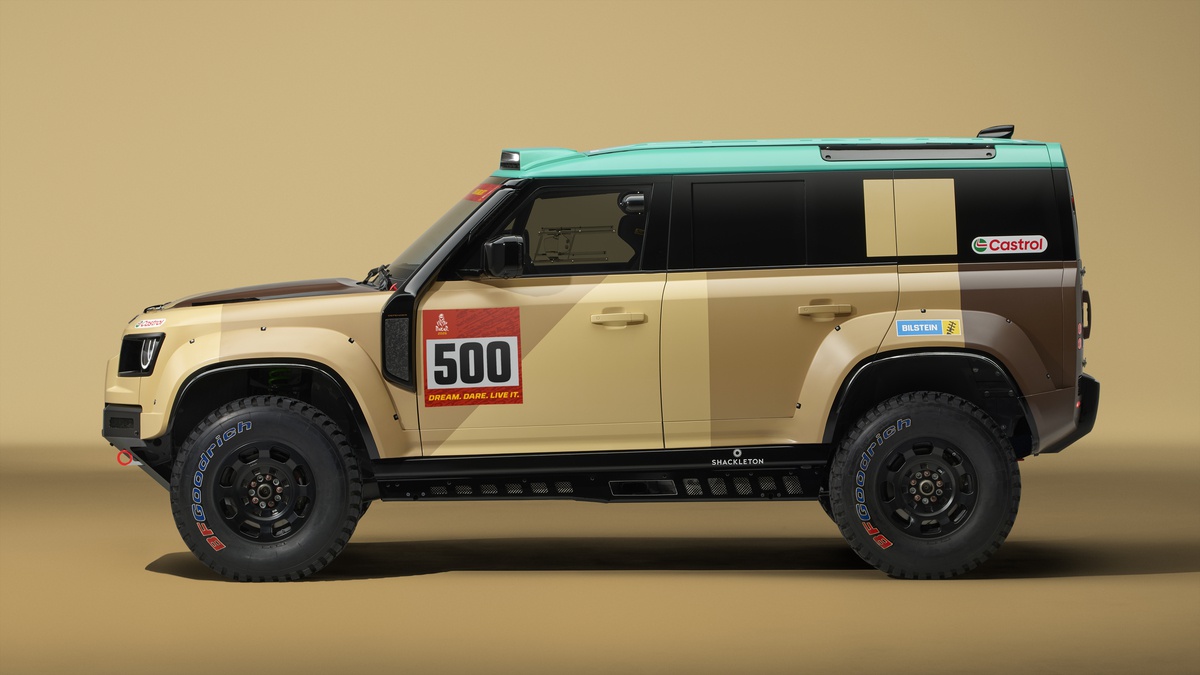
Defender Dakar D7X‑R
The power unit is also borrowed from the OCTA: a 4.4-liter twin-turbo V8. One of the few changes to the engine is software tuning for correct operation under extreme conditions. In addition, the vehicle will be fueled with environmentally sustainable fuel.
The cooling system of the power plant has been enhanced as a necessary condition for any type of race, especially as intense as the Dakar. The D7X-R has received a redesigned front end with an air flow priority, and the radiator represents a single large block supported by four fans. A particle filter has been added to prevent sand from entering the intake channels.
For competition preparation, the Defender Dakar has received a 550-liter fuel tank. It has been equipped with 35-inch tires combined with a 60 mm track extension and increased ground clearance.
Three pairs of drivers and co-drivers will pilot the Land Rover Defender D7X-R at the 2026 Dakar: rally legend Stéphane Peterhansel and Miko Metge, Rokas BaciuŠka and Oriol Vidal, as well as Sara Price and Sean Berriman.
Source: Land Rover
